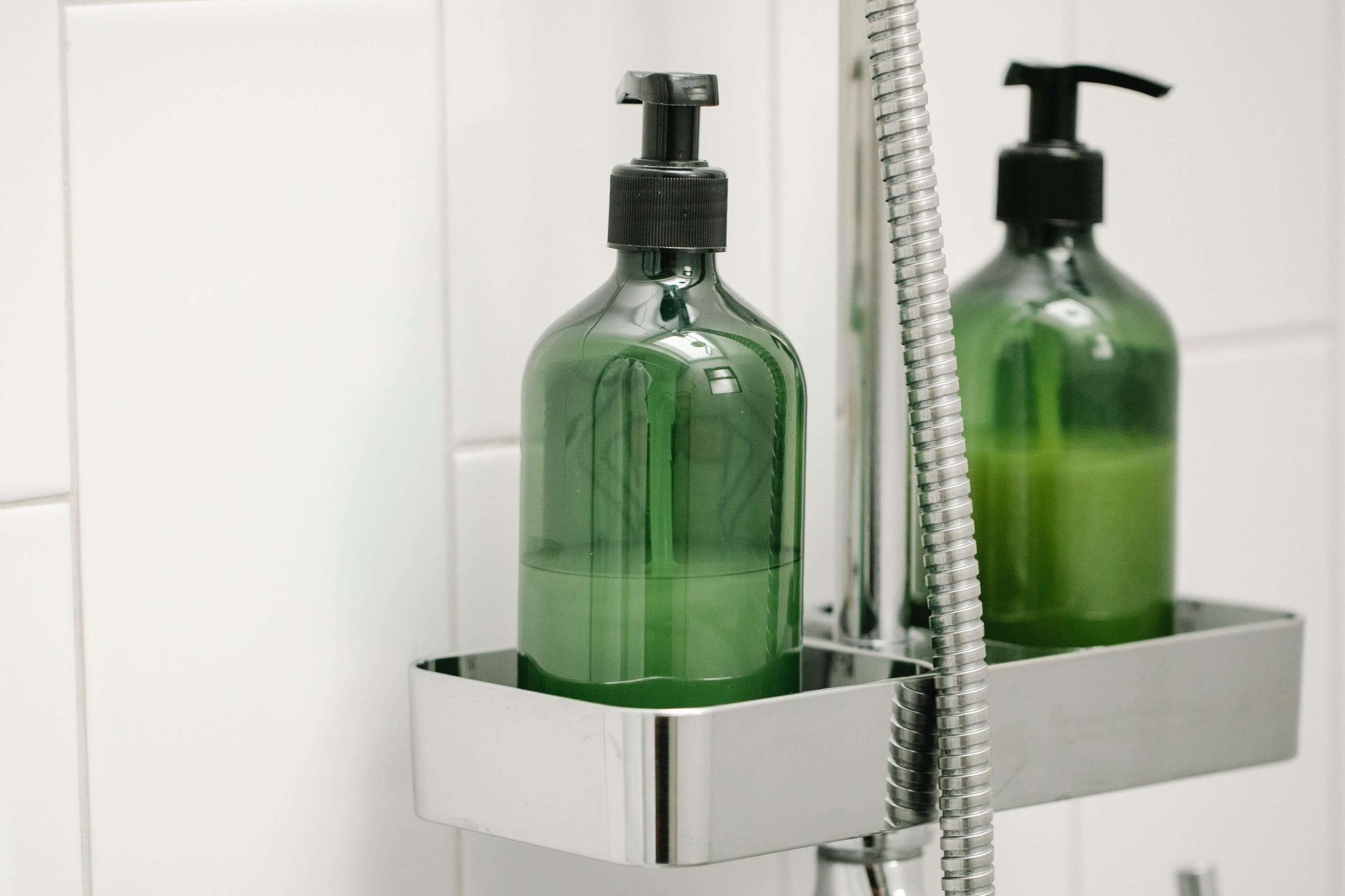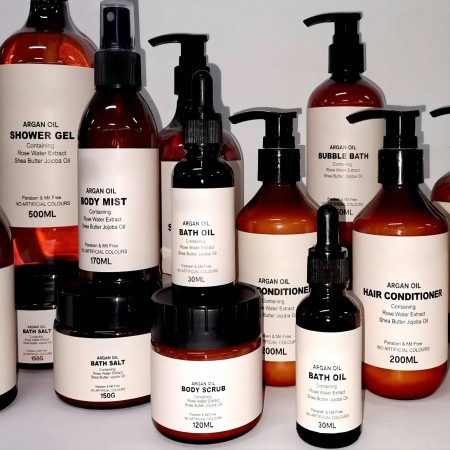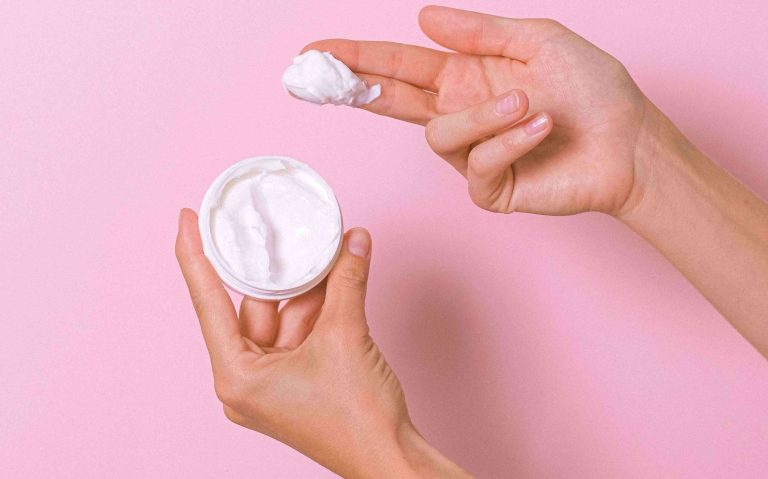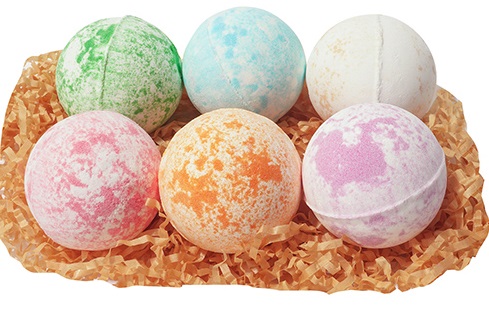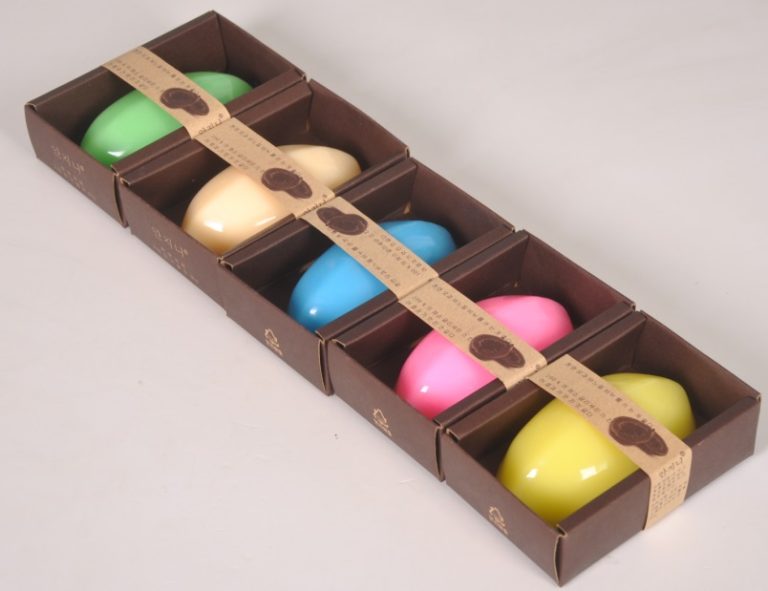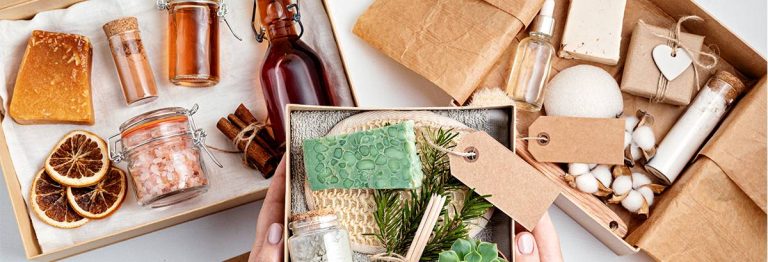Manufacturing Process of Body Wash
Body wash has become an essential part of our daily hygiene routine, offering a refreshing and cleansing experience that leaves us feeling revitalized. The manufacturing process of body wash has always been a topic of interest for many consumers. Behind the allure of fragrant and moisturizing body wash lies an intricate manufacturing process that combines science and art to create the perfect formula. Below is the manufacturing process of body wash:
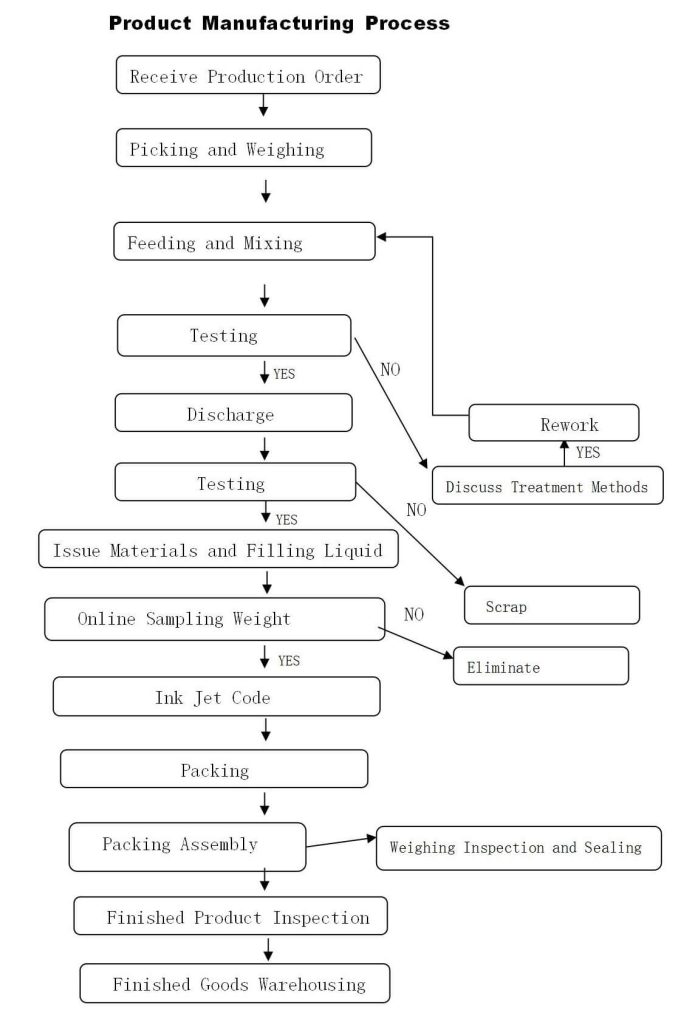
1. Ingredient Selection and Preparation:
The manufacturing process begins with meticulous ingredient selection. The key components of body wash are water, surfactants, emollients, and preservatives. High-quality surfactants, such as sodium laureth sulfate (SLES) or Cocamidopropyl betaine, work as cleansing agents, creating the luxurious lather we associate with body wash. Emollients, like glycerin or coconut oil, are included to lock in moisture and leave the skin feeling soft and hydrated.
Once the ingredients are chosen, they undergo a precise mixing process. In large stainless-steel tanks, water is combined with surfactants and emollients. Emulsification is the key step here, where mechanical mixers or homogenizers are used to blend the water and oil-based ingredients uniformly. This creates a stable, creamy emulsion that forms the base of the body wash.
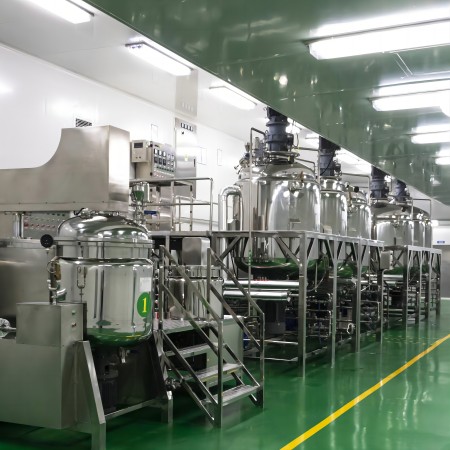
3. Adding Fragrance and Enhancements:
The next stage involves adding fragrance and any additional enhancements, such as botanical extracts, vitamins, or exfoliants. Careful calibration is required to achieve the desired scent strength and effectiveness of these additives.
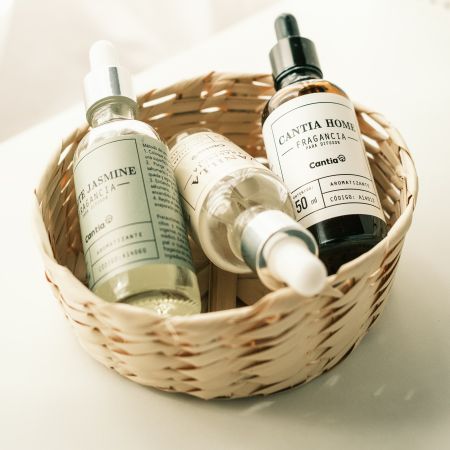
4. Adjusting pH and Viscosity:
To ensure the body wash is gentle on the skin, the pH levels are adjusted to a slightly acidic range, typically between 5.5 and 6.5. Additionally, viscosity modifiers are introduced to control the thickness and consistency of the body wash.
5. Quality Control and Testing:
Before proceeding to the packaging phase, the body wash undergoes rigorous quality control and testing. Samples are analyzed for stability, pH levels, microbial contamination, and overall product performance. This ensures that the final product meets the highest standards of safety and efficacy.
Once the body wash passes all quality checks, it is ready for packaging. Depending on the brand, it may be filled into bottles, pump dispensers, or eco-friendly pouches. Labels are applied, displaying essential product information and branding elements.
After the manufacturing process is complete, the body wash is distributed to retailers or shipped directly to customers. Each bottle of body wash is now ready to deliver its delightful and nourishing experience to countless users.
The above is the manufacturing process of body wash, which integrates numerous key steps to ensure the production of high-quality products. In the process of manufacturing body wash, not only pure raw materials are required but also the combination of advanced technology and equipment to ensure a coordinated and smooth production process, meeting the needs of consumers.

